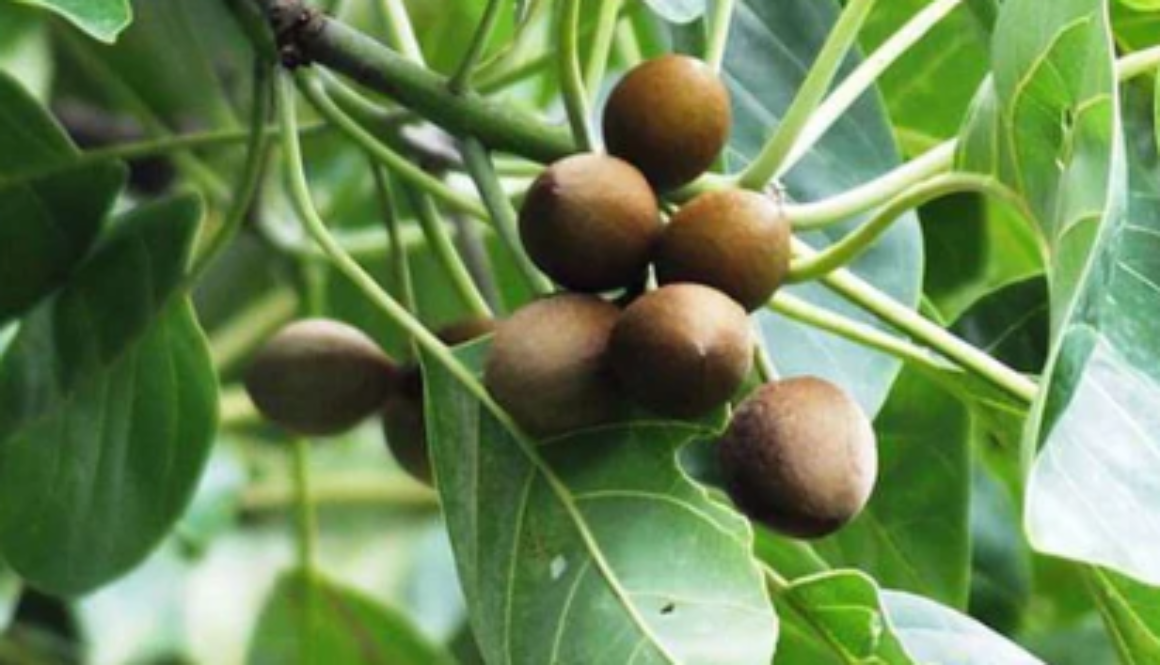BAHERA
CLIMATE: The bahera plant has a wide ecological range, succeeding in tropical and subtropical climates. These plants can tolerate an annual precipitation ranges from 1,000 – 3,000 mm. Though it can tolerate 5°C to 45°C, it grows best in temperatures ranges within 20°C to 33°C.
SOIL: Though the plants flourish in any moderately fertile, well-drained soil with full sunlight, it prefers periodically dry soils, and is moderately drought tolerant. Soils with pH ranges between 5.5 to 6.5 is ideal.
PROPAGATION AND PLANTATION: Propagation can be done by seeds, pre-soaked in cold water for 24 hours to improve germination rates. But germination rate rapidly declines when seeds have been stored for longer than that. Germination needs much moisture, and usually takes 2 to 5 weeks from sowing.
The seeds are usually sown in a nursery seedbed; however, they can also be sown directly in the field when conditions are favorable. When seedlings are raised in the nursery, transplantation to the field shall be done before the taproot has developed. The seedlings become ready for transplantation within 10-40 days.
The pit for transplantation shall be dug before the onset of monsoon at a distance of 1 x 6 m in one ha land. In degraded areas pits shall be dug of larger size for good growth and development of plant. The plantation needs to be done in monsoon.
IRRIGATION: In summer (March to May) 3 times irrigation in one week shall be applied.
HARVESTING: Harvesting is mainly done in the month of November-February when fruits start turning greenish grey in color.
USES
The fruit is anthelmintic, astringent, digestive, tonic and laxative. It is also used to treat eye diseases, dyspepsia, liver disease, leprosy. The fruit helps cure upper respiratory tract infections. The fruits are among ingredients of Triphala, an Ayurvedic rejuvenate.
The bark and leaves are used for making a dye. The seeds produce a clear yellow oil which used for hair-oil and in the manufacture of soap.

